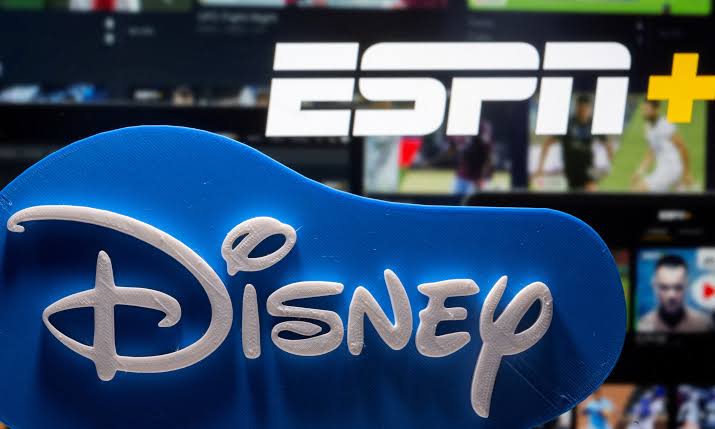Disney is reportedly making active preparations for the launch of a standalone ESPN streaming service, as per a recent report by The Wall Street Journal. The report states that ESPN is planning to offer its channel directly to cord-cutters as a subscription-based streaming service in the near future, although the specific launch date is unknown at this time.
This development aligns with previous statements by Disney and ESPN, which have indicated their intention to eventually provide the channel as a standalone streaming service. The companies are now said to be implementing this plan through an internal project codenamed “Flagship.” ESPN has begun securing flexibility in its agreements with cable providers and is engaging in similar discussions with professional sports leagues.
Even after the launch of the streaming service, Disney will reportedly continue to offer ESPN as a traditional TV channel. However, this shift will have significant implications for cable TV providers, as live sports on ESPN are one of the major attractions of traditional cable packages. The providers, who currently pay to carry the ESPN channel, would now face competition from the new streaming service.
Although ESPN already operates a monthly streaming service called ESPN+, it does not include access to the ESPN channel itself. ESPN+ offers live programming of select MLB and professional hockey games, but NBA and NFL telecasts are currently only available on traditional TV. With the introduction of this new streaming service, ESPN aims to fully transition to a streaming platform.
During Disney’s recent earnings call, CEO Robert Iger mentioned that migrating ESPN to a direct-to-consumer service is a significant decision that the company plans to approach carefully.
“We haven’t really changed our position regarding basically migrating ESPN’s flagship service as a direct-to-consumer or streaming platform,” Iger stated during the call. “We think there’s an inevitability to that, but it’s a huge decision for us to make. And we know that we’ve got to get it right, both in terms of pricing and timing.”



![[CITYPNG.COM]White Google Play PlayStore Logo – 1500×1500](https://startupnews.fyi/wp-content/uploads/2025/08/CITYPNG.COMWhite-Google-Play-PlayStore-Logo-1500x1500-1-630x630.png)